Brave New Material World: Why Viscose is bad for the planet and people and why Tencel is label to look for
Getting dressed in the morning, buying clothes in store or textiles for the home, the questions on our minds, as consumers and makers, are usually along the lines of: does it fit me? Do I like the style and colour? Is it easy to wash?
As the world is waking up to the hidden cost of fabric production, perhaps what we could also consider is, how did the fibres in this fabric come into existence? And at what cost to the environment and to the people who made it?
As a consumer I would be horrified to learn that the clothes I wear or the bedlinen I buy was associated with killing endangered animals, causing health problems to textile workers or devastating ancient forests. No one wants to be associated with this practice, but what if the manufacturers are hiding this, or worse still if they themselves aren’t even aware? This is the hidden cost of unethically manufactured fabric. The ever-growing fast-fashion market puts demands on fabric suppliers to find cheaper and faster ways of producing, many with devastating consequences.
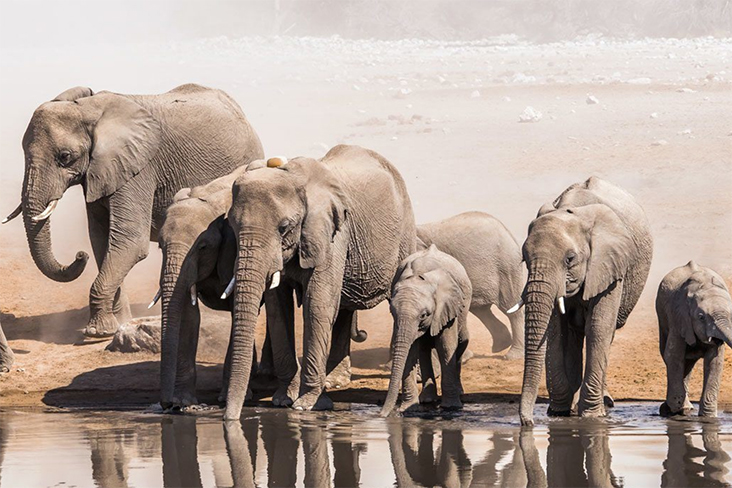
Photo via Wildfor.life/ / A United Nations initiative and campaign to combat illegal trade in wildlife
Viscose, also known as rayon is one such fabric. It is a semi-synthetic fibre made from trees, including eucalyptus, beech, pine, as well as plants such as bamboo, sugar cane and soy. Viscose is derived from wood pulp or cellulose, which is then dissolved into a chemical solution (sodium hydroxide and carbon disulphide) to produce a pulpy viscous substance that is spun into fibres.
Being plant-based, you would be forgiven for thinking it was ‘better’ than its synthetic equivalents. However the chemically-intensive, highly-polluting processes involved in its production have catastrophic impacts not only on the surrounding environment but also on the health of textile workers and local inhabitants living near to the viscose factories. Carbon disulphide, for example, has been linked to coronary heart disease, cancer and birth defects in humans.

Orangutans also know as ‘people of the forest’. Photo via Wildfor.life / A United Nations initiative and campaign to combat illegal trade in wildlife
An additional challenge of viscose production is its contribution to the irresponsible deforestation of the world’s precious and ancient forests, which are being cleared for pulpwood plantations. More than 150 million trees are logged for the rayon supply chain every year, which has ruinous consequences on the environment including the endangering of vulnerable animals such as elephants and orangutans. When faced with this evidence, it’s clear that as consumers and makers, we need to check fabric labels and step away from viscose and rayon.
So if viscose is to be avoided, what is the solution?
The exciting news is to be found in the advancing innovation and diversification within the fibre and textile industries, with greater focus on transparency and traceability. Disruptive technology enterprises and brands are finding ways of producing recycled and alternative fibres from post-consumer clothing, straw and other low-low-impact fibres.
At this moment in time, TENCEL™ Lyocell and Modal fibres are leading the charge as the better alternatives to viscose thanks to their versatility, quality and sustainable credentials from forest to fashion.
These cellulosic fibres are manufactured using an environmentally responsible production process. What’s more, because they are composed of natural material, TENCEL™ fibres are biodegradable and can fully revert back into nature. Perhaps one of the questions we could consider when buying new fabric is, could I compost this back into the earth without trace? That’s the dream scenario.
TENCEL™ Lyocell fibres in particular have a notable reputation for their environmentally responsible closed loop production process, which efficiently transforms wood pulp into cellulosic fibres with low environmental impact. The solvent-spinning process recycles process water and reuses the solvent at an impressive recovery rate of more than 99%.
In my opinion, next-generation solutions such as these are vital for fashion houses and textile brands keen to alleviate their impact and damage on the natural world, while maintaining rigorous commitment to quality and luxury.
It is a breath of fresh air to see pioneering fashion brands such as Stella McCartney, Levi’s, Reformation and Mara Hoffman investing in sustainable alternatives to environmentally challenging viscose, such as Tencel™.

Nyamuoch Girwath in Mara Hoffman 2019 Spring Ready to Wear Campaign. Frisia Floral Print Dress 100% TENCEL® Lyocell
The real power, however, lies in our hands, the hands of the consumers and makers who can buy or boycott according to the sustainable credentials of the fabric in question. Here’s to investing in a brighter future for our planet.
For more information on the impact of viscose on the planet and biodiversity, check out the latest report by Canopy which works to conserve ancient and endangered forests.
Feature Image: Nyamuoch Girwath in Mara Hoffman 2019 Spring Ready to Wear Campaign. Frisia Floral Print Dress 100% TENCEL® Lyocell





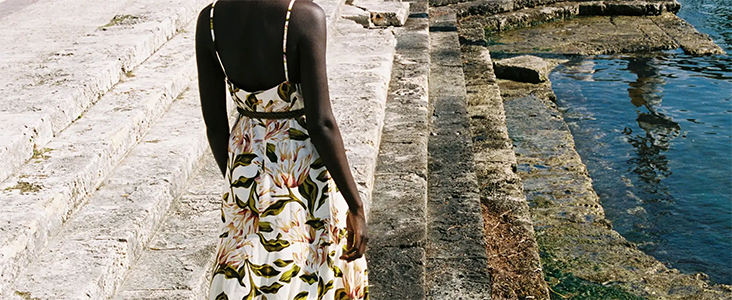
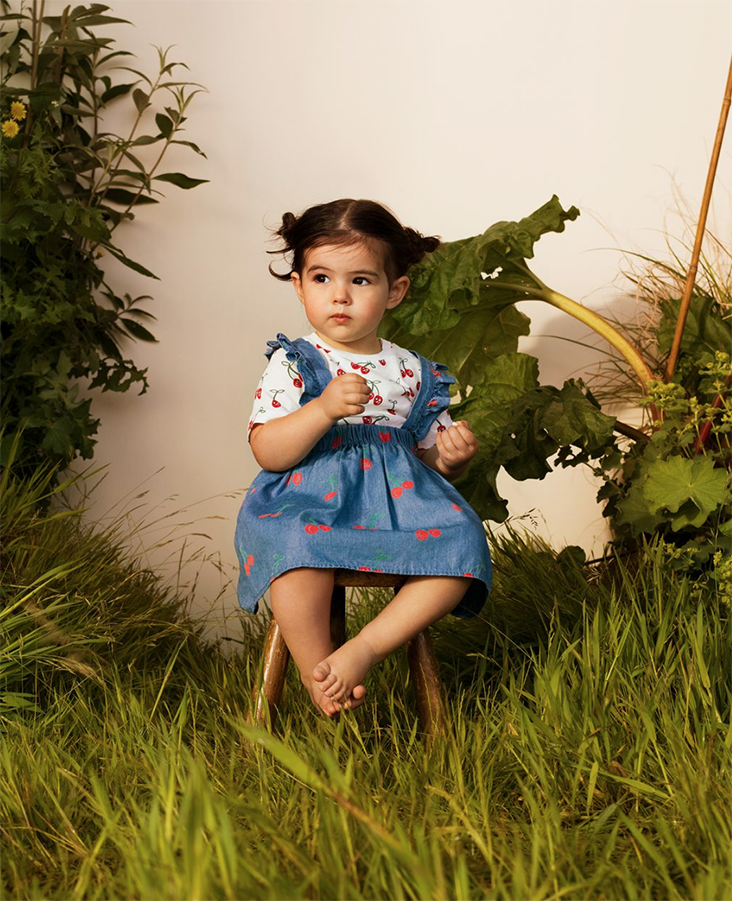
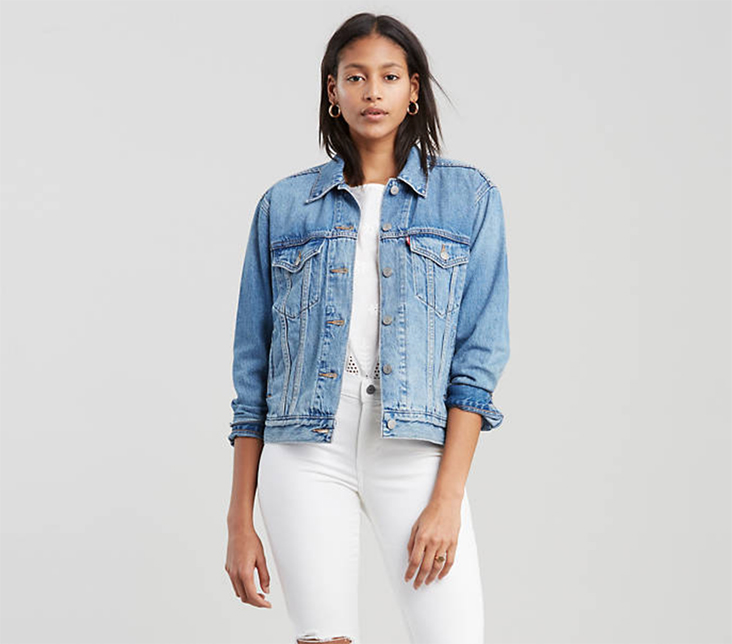


















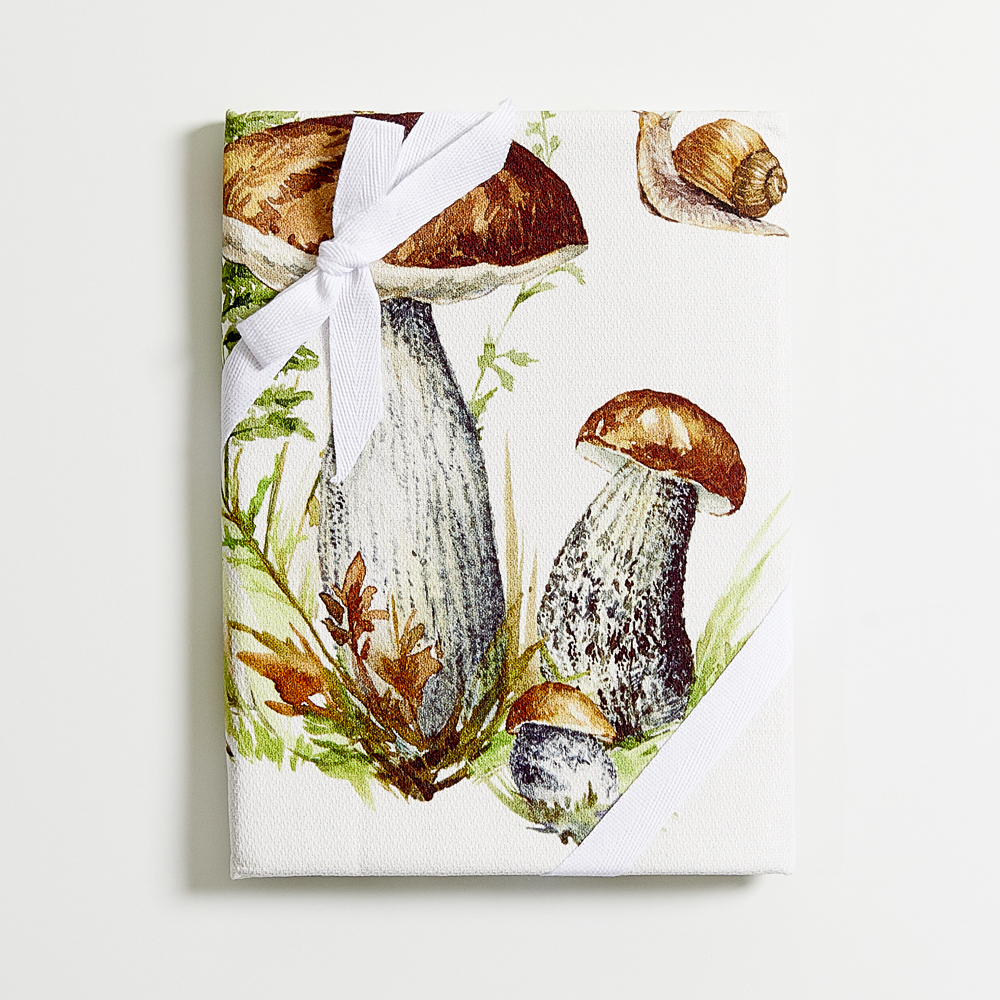









15 Comments
Elaine Rutledge
I live in the Southern United States, where, just north of us are manufacturing plants involved in the production of viscose rayon. It is not endangering any forests. Tree farms are involved in the production of fast growing, replenishable pines. However, the impact on the workers is horrendous. The area has one of the highest cancer rates in the U.S. Not only the workers are affected, but everyone who lives in the area. A friend who sold “cancer insurance” told me he only goes to Washington County to sell his insurance because he does “so well” there. I had a dear friend who worked there back in the 1980s. At the time, I envied her extravagant tastes and purchases. She died of cancer in the 1990s. As recent as last summer, I sewed viscose rayon summer clothes. Never again.
Cindy Clark
They can keep their rayon. Rayon – Tencel or not – feels like plastic to me and I don’t do that. I’m no seamstress but I’m pretty good at geometry which can be turned into just about anything so I’m good enough to make myself stuff I can wear and some linen and cotton items to sell so that I can afford to buy linen clothes made by people who actually DO know how to sew clothes!! ROFL!
Lauriane Doyen
Bonjour,
Je viens de lire vos commentaires, je suis effrayée par l’impact néfaste de la fabrication des tissus sur la planète et ses habitants. Je veux savoir s’il n’y a que le lin comme tissu écologique.
Je vous remercie pour vos informations
Anne Price
This is an incredibly poorly researched article. The author has an obvious psuedo-environmental agenda to to offer deliberste disinformation in an effort to frighten the reader into believing that if they do not purchase the promoted type of fabric. That somehow they are harming the environment and humans who live in it. Perhaps those who read my comment should research for themselves the history of rayon itself.
Rayon (challis) is much cheaper to purchase than the promoted fabric, just a small point.
IF the reader were truly environmentally conscious you would be either recycling clothes by shopping at consignment and thrift shops..or buying used clothes to deconstruct to turn into other things and new clothes.
Right now 4 xxl Hawaiian print silk and/or rayon shirts sit at my machine to be turned into summer tops and shirts for my teen granddtr. Just an example. You readers should consider the personal political agenda of a writer like this. Deliberate disinformation, as written here serves no good purpose other than to spread lies and fear. This article was a waste of my sewing time.
Masha Karpushina
Hello, my name is Masha and I am the editor of this blog. I would like to ask you kindly to leave constructive comments, especially when it comes to referring to the work of journalists we work with. Tamsin Blanchard is a British fashion journalist who is regularly published in the Guardian, she is also an author, and lecturer. She is particularly known for her work on sustainability and ecological issues in fashion. There is no hidden agenda to these articles, apart from clarifying what impact one fabric has on the environment in comparison to another. In this case, Tamsin looks at two fabrics similar in content but significantly different in the production and the environmental footprint. If you refer back to our introductory article, this whole series will focus on sustainability and innovation within the material world. I hope you will enjoy the series. Good day.
Elaine Rutledge
It is indeed true that the production of rayon viscose is harmful not only to employees, but the entire neighboring communities. I know this for a fact – because the next county north of my has several of those plants. They do not endanger forests, as the plants use wood from fast growing pine tree “farms.” But have had a personal friend who worked there die of cancer. And a friend who sold “cancer insurance” only go to that county to sell his insurance because of the prevalence of cancer. I love the “feel” of wearing rayon – but get the same benefit from wearing the textured cotton gauze, and lightweight linen. And both last longer. My rayon garments tend to continue shrinking in length forever.
Jane Leavitt
I am sorry but you have failed to make your point about disinformation. In the blog post. While I agree that the most environmentally friendly action is to reuse and repurpose clothing, you have not given any info that refutes the writer’s points about pollution from chemicals or the risks of chemical exposure to textile workers in the manufacture of rayon and viscose.
There alternatives to all wood pulp based fabrics -) cotton, silk, and linen come to mind. Why do you sound so angry?
Theresa Vitzthum
There is a serious misunderstanding in this. Viscose and rayon are not synonymous. Viscose is a type of rayon, as is modal and lyocell (brand name, Tencel). All are semi-natural fibers – all rayons are made from cellulose fiber, all are mechanically extruded after being treated by a solvent. The solvent used to manufacture Tencel is N-methylmorpholine N-oxide (amine oxide), rather than carbon disulfide. After extrusion, the process of manufacturing viscose and Tencel are largely the same. The Tencel manufacturing process recovers and recycles almost all of the solvent used; typically, 99% is recoverable, and a bit less is actually recovered. Lyocell uses tree pulp. A rayon is made from bamboo, which is also made in a more chemically efficient manner. Viscose and Tencel thus are very similar in manufacture, and are both rayon. The difference lies in the chemical hazard.
Anne Price
Thanks for actually having correct information.
Elaine Rutledge
Good point, Theresa!
Susan Murray
Thank you for sharing this important information – I had no idea!
Anne Price
But it is not important… it is designed to frighten you into buying expensive fabric, rather than something else.
Masha Karpushina
Perhaps, rather than passing a presumption as fact, you could leave a comment with a question or something that will invite others to discuss your view.
Taryn Yamane
Thank you for this informative article and for bringing to my attention the environmental impacts involved in the production of rayon! I agree that it is imperative that we educate ourselves about the choices we have in purchasing any goods, and to move toward low impact, consciously-produced products. I have chosen to sew more, in favor of “slow clothing,” and frequent thrift stores in favor of recycled articles. I will add Tencel to my list of preferred fabrics and nix rayon!!
Alayna Anhalt
Thanks for the informative post. I am very glad to learn about the “behind-the-scenes” impact of fabrics. Definitely important in terms of being an environmentally-conscious consumer.